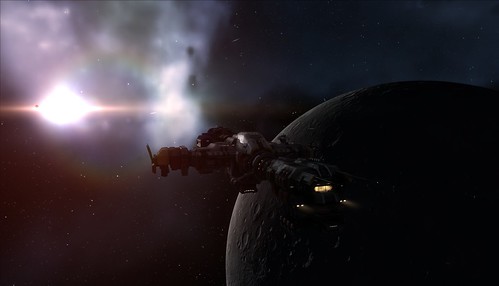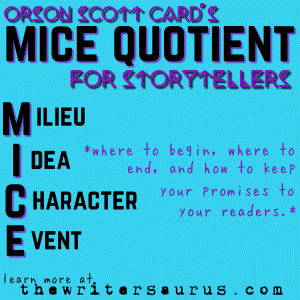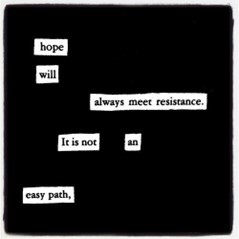Marc Agbayani
When it comes to writing prose, there are many factors to consider for your piece of fiction. You might ask yourself: What genre do you want to write about? What is the world like? Who are the characters, what are their goals, where do they live, and what kind of clothes do they wear? All of these aspects pertain to the process of worldbuilding. In worldbuilding, good stories will use setting and characters to help illustrate the environment to immerse the reader. The most important part about worldbuilding is that you write every detail consistently. This means that for every idea that is introduced, it must follow a logical timeline or pattern.
Example #1 – Genre
Let’s say you want to write a story about space travel. Well, then, this will likely fall under the science fiction genre. Readers may expect to read about spaceships, new planets, aliens, advanced technology, or laser weapons. However, if you start writing about dragons or nightmarish creatures on page twelve of your story, your worldbuilding becomes confusing and jarring. This is an extreme example, but the point is that the reader will be so distracted trying to understand how these beings could live in such an environment that they won’t be focusing on the story itself.
Example #2 – Time
Continuity can fall under many areas, including the logic of time. For instance, perhaps one of the characters in your story is a 25-year-old actress named Sarah, who was born in 2010. Her mother was born in 1940, while her father was born in 1935. See the issue here? If Sarah was born in 2010, and her mother was born in 1940, that means her mother was seventy when she gave birth to Sarah. How often can mothers give birth at that age? While possible, it certainly isn’t the expected age range and would have implications for your character, so writers must be careful when they bring up a concept such as time.
Example #3 – Physical Details
Let’s talk about one more scenario where continuity is important. You are writing a story about a man named David who plans a beach trip with his college friends. David decides to wear his sunglasses to the beach. The story goes on: he plays volleyball, swims, and sits by a bonfire at night. At this point, David is described as having a twinkle in his eye as he comically tells his friends how he got in trouble at school for crashing a class dressed up as Mario. That sounds like a pretty typical scenario, right?
Well, at no point is it mentioned that David has removed his sunglasses. How could others notice his eyes when they are covered up? But more importantly, why would he be wearing sunglasses at night? It is fairly easy for writers to miss small details like this, but even the littlest detail could have a significant impact. That is why keeping track of what the characters wear is another important aspect to look out for.
Recommendation
If you struggle with continuity in your writing, I recommend checking out this article for guidance. It lists several methods to help you keep track of details, characters, and events in your stories. This will make everything organized and reduce the continuity errors you may cross along the way.
Link: https://www.madeleinevasaly.com/blog/2022/8/3/tools-for-maintaining-continuity-in-fiction




